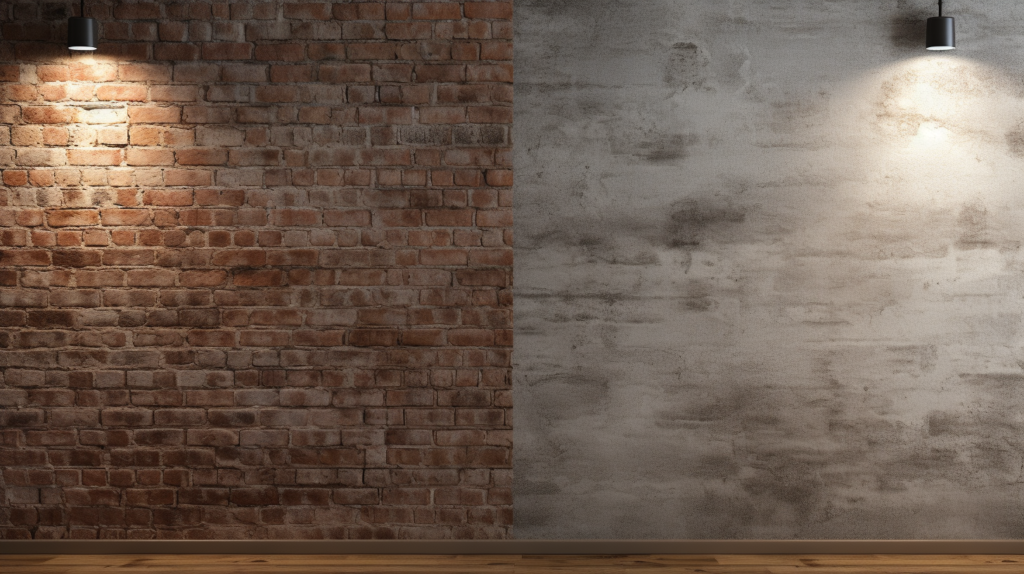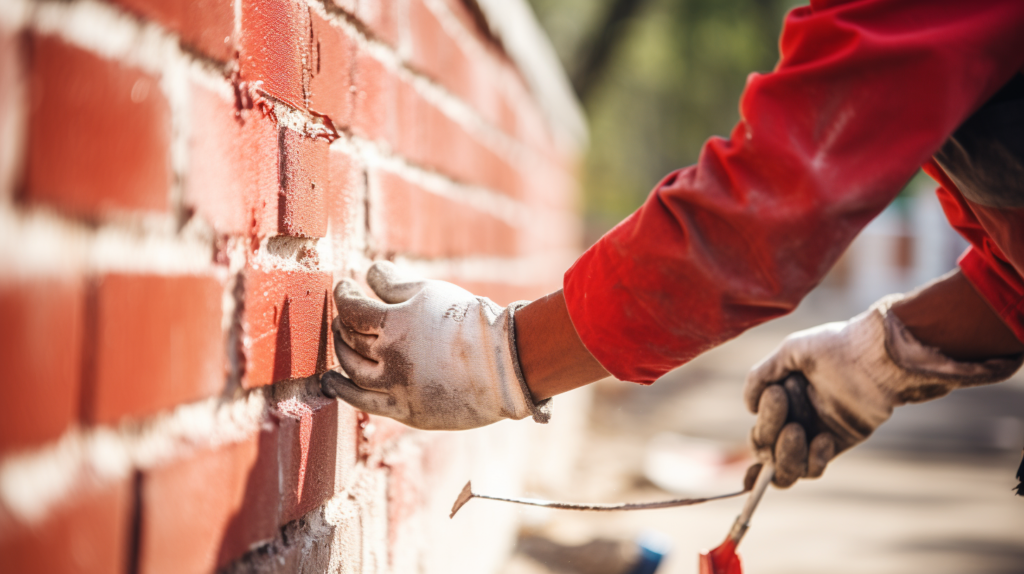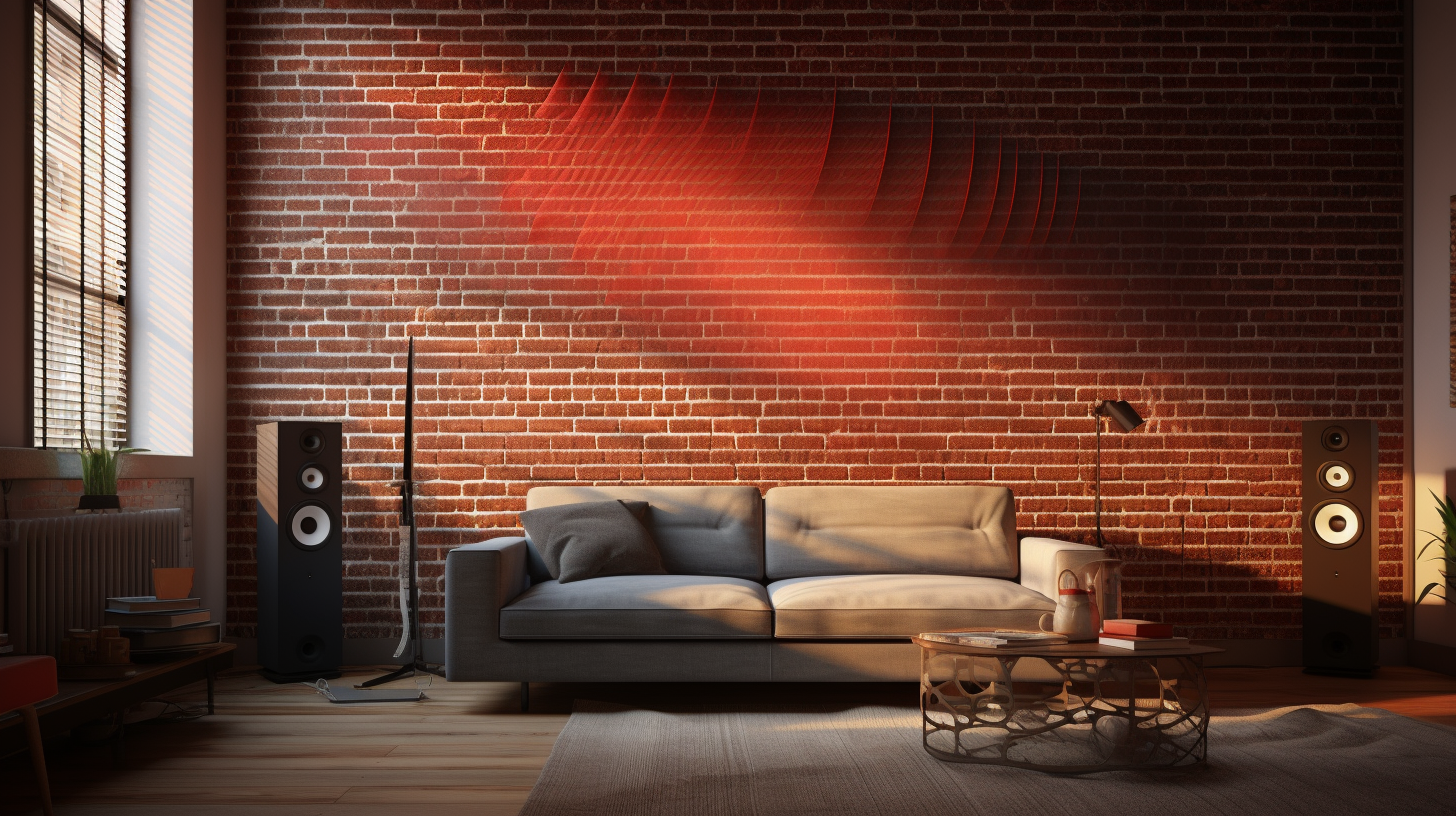Have you ever found yourself pondering, “Are brick walls really soundproof?”
It’s a question that resonates especially in today’s bustling world, where finding a cocoon of tranquility is often a luxury.
Brick walls, with their rich historical backdrop and unique properties, have long been heralded as champions of soundproofing.
Their inherent density and thickness play pivotal roles in creating serene spaces, shielded from the incessant clamor of the outside world.
But what exactly makes brick walls such effective barriers against noise?
How do they compare to other materials, and how can their soundproofing capabilities be maximized?
Let’s dive in and unravel the acoustic mysteries of brick walls.
Soundproofing Power Equals Density and Thickness

The architectural realm is a symphony of materials, each singing its unique tune.
Among these, the melodious tranquility of soundproofed spaces stands out, and two factors orchestrate this harmony: density and thickness.
The Relationship Between Density and Soundproofing
Sound, in its essence, is a form of energy, manifesting as waves that ripple through the environment.
Every time we speak, play music, or hear the honk of a car, we’re experiencing these waves. However, not all materials allow these waves to pass through them with ease.
The denser a material is, the more molecules are packed into a given space, making it harder for sound waves to traverse.
It’s akin to trying to walk through a crowded room as opposed to an empty one. In the crowded room, your progress is impeded by the sheer number of people, much like how sound waves are slowed by dense materials. Bricks, being particularly dense, present a challenging landscape for sound waves, causing many of them to be reflected or absorbed rather than transmitted.
Moreover, density doesn’t just affect how sound travels; it influences how sound is perceived.
A dense material like brick can alter the character of sound, ensuring that what’s heard on the other side, if anything, is a mere whisper of the original noise.
Importance of Thickness in Blocking Sound
If density is one half of the soundproofing equation, thickness completes it. Think of thickness as the distance sound must travel to get from one side of a barrier to the other.
The more ground it has to cover, the more energy it loses along the way.
A thin sheet of even the densest material might offer some resistance to sound, but a thick barrier made of that same material would be vastly more effective.
This is because the extended path causes the sound waves to scatter, lose energy, and interact with more of the material’s molecules.
Brick walls, traditionally, aren’t just single layers of brick. They are often constructed with multiple layers, adding to their overall thickness and, by extension, their soundproofing capability.
This depth ensures that even if some sound energy manages to penetrate the dense brick, it still has a long way to go before it can emerge on the other side.
By the time it does, it’s vastly diminished, ensuring a quieter environment within.
Are Brick Walls Soundproof?

Yes, brick walls are soundproof, and there are concrete reasons rooted in their history and inherent properties that validate this.
From time immemorial, bricks have played a pivotal role in shaping civilizations.
Apart from their structural robustness and visual appeal, bricks have an exceptional acoustic prowess that has been acknowledged and utilized over generations.
The creation of a brick is a journey of transformation. Starting as raw earth abundant with potential, it undergoes a meticulous process of shaping and firing.
This metamorphosis is not just about gaining physical strength. As the brick solidifies, it embodies an impressive density that makes it naturally resistant to sound.
This density equips the brick to absorb, reflect, and significantly diminish sound waves.
The realization of brick’s acoustic benefits is not a recent discovery; it’s a time-honored knowledge that architects and builders have leveraged for centuries.
Furthermore, when we talk about the acoustic benefits of bricks, it’s not just about the individual bricks but also about their collective assembly.
Brick walls, with their cumulative thickness often extending several inches, act as formidable barriers to external noise.
This thickness, combined with the brick’s inherent density, creates a soundproofing shield.
The result is an environment where external disturbances, whether it’s the relentless honk of city traffic, piercing sirens, or even the distant murmur of a crowd, are effectively muted, providing a haven of tranquility inside.
Comparing Brick Walls to Other Building Materials

The architectural panorama offers a diverse palette of materials, each with its unique attributes. But when it comes to soundproofing, how does brick measure up against its contemporaries?
Brick vs. Drywall
Drywall, a ubiquitous feature in contemporary constructions, is renowned for its adaptability.
Its lightweight nature, coupled with its ease of installation, makes it a darling of modern architects.
However, when it comes to the arena of soundproofing, the battle between brick and drywall is somewhat one-sided.
While drywall does offer a degree of sound insulation, especially in its denser, soundproofing-specific variants, it simply doesn’t measure up to the heft and depth of brick.
The very attributes that make drywall easy to handle — its lightness and thinness — also make it more permeable to sound.
Brick, with its inherent density and typical construction thickness, presents a formidable barrier that drywall struggles to emulate.
For spaces where superior soundproofing is the goal, brick’s acoustic superiority over drywall becomes palpably evident.
Brick vs. Concrete
Concrete, a stalwart in the world of construction, offers a more rigorous challenge. Celebrated for its structural might and versatility, concrete is a force to be reckoned with.
Both brick and concrete are heavyweights in density, making them natural competitors in the soundproofing sphere.
Walls forged from concrete can be as dense and thick as those made of brick, offering substantial resistance to sound waves.
However, the nuances lie in the details. Brick walls, with their multiple layers and potential air gaps, can sometimes offer a slight advantage in dissipating sound energy.
Conversely, the continuous, monolithic nature of concrete can sometimes reflect more sound energy.
In practice, both materials excel in soundproofing, and the choice often hinges on other factors like aesthetics, cost, and construction logistics.
Maximizing the Soundproofing of Brick Walls

A masterpiece, while brilliant in its original form, can often be enhanced with a few deft touches. Brick walls, despite their innate soundproofing prowess, are no exception to this principle.
Sealing Gaps and Cracks
Like all constructions, brick walls are susceptible to the ravages of time and elements. Tiny fissures, minuscule gaps, or even small holes can emerge over the years.
While they might seem trivial, from an acoustic standpoint, they are potential weak links.
These breaches, however small, can allow sound waves an easier passage, undermining the wall’s soundproofing integrity.
Regular inspections and maintenance become paramount.
Modern sealing solutions, tailored for brick, not only fortify these walls against sound but also protect them from environmental damage.
Ensuring that a brick wall remains seamless is akin to maintaining an acoustic shield, guaranteeing that its soundproofing capabilities remain uncompromised.
Conclusion
As we reflect upon the intricate interplay of density, thickness, and material composition in soundproofing, brick walls undeniably emerge as architectural maestros.
Their legacy, shaped over millennia, stands as a testament to their unmatched ability to shield and insulate spaces from external noise.
From the meticulous crafting of each brick to the collective might of entire walls, every facet of their construction is a nod to their acoustic prowess.
While modern materials like drywall and even stalwarts like concrete have their merits, bricks possess a timeless and unparalleled soundproofing virtue.
In an age where tranquility is increasingly sought after, amidst the clamor of urban sprawls, brick walls offer a promise — a promise of silence, serenity, and sanctuary.
For those seeking to create spaces of calm and quietude, the message is clear: the age-old brick, with its rich history and proven performance, remains an unmatched sentinel of soundproofing.
